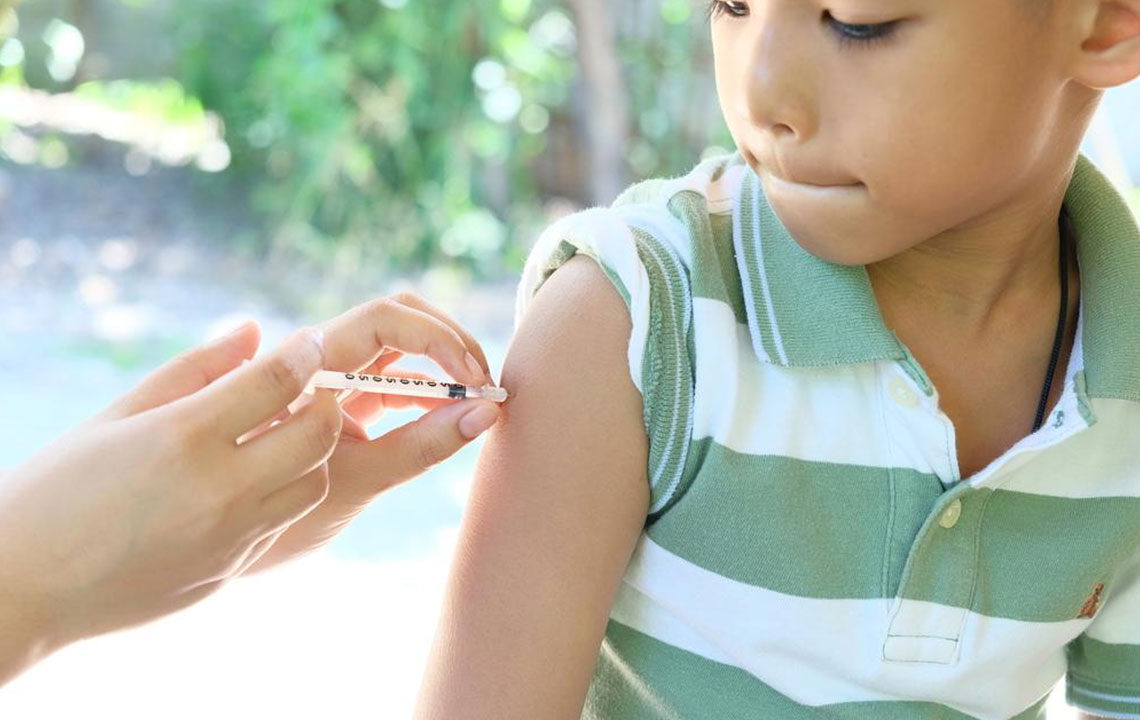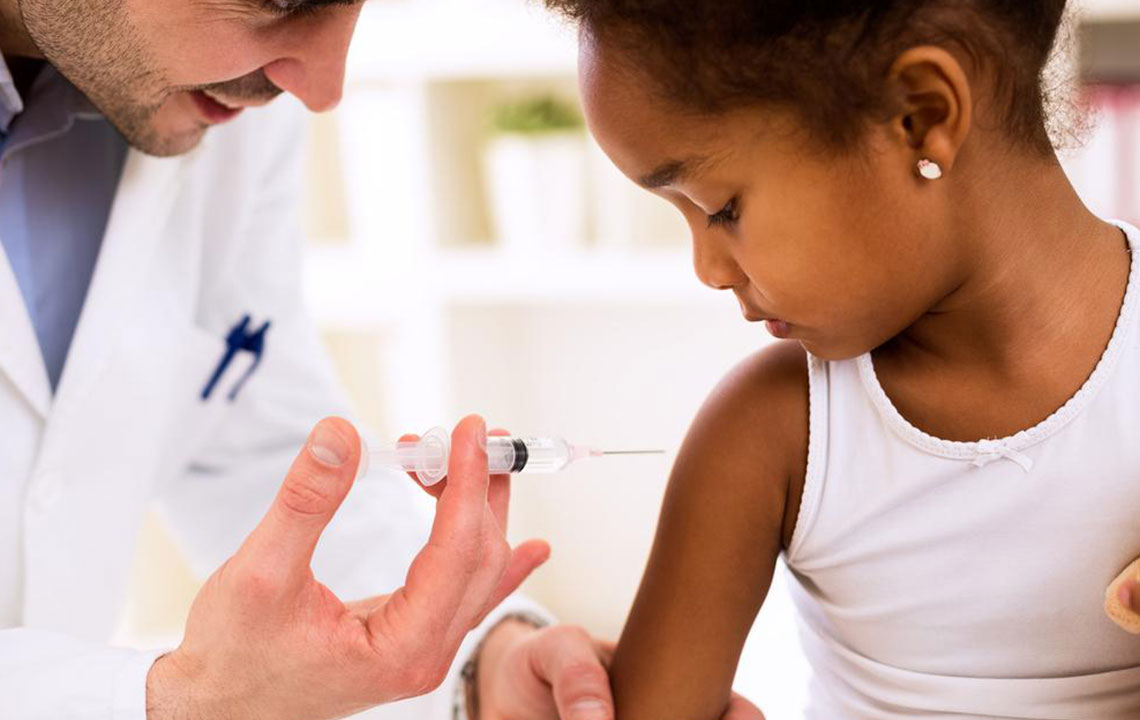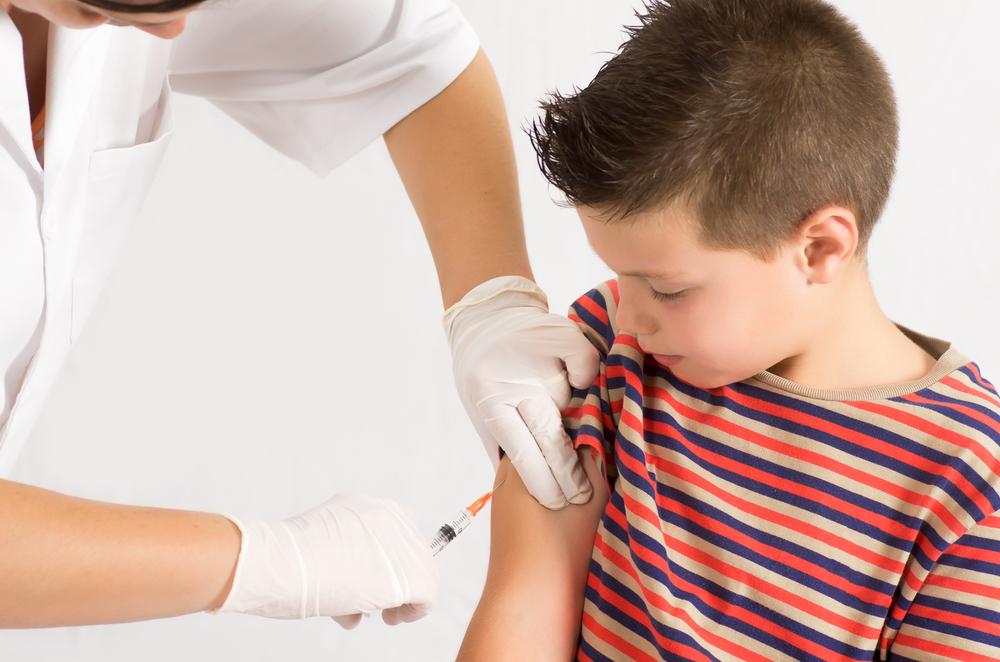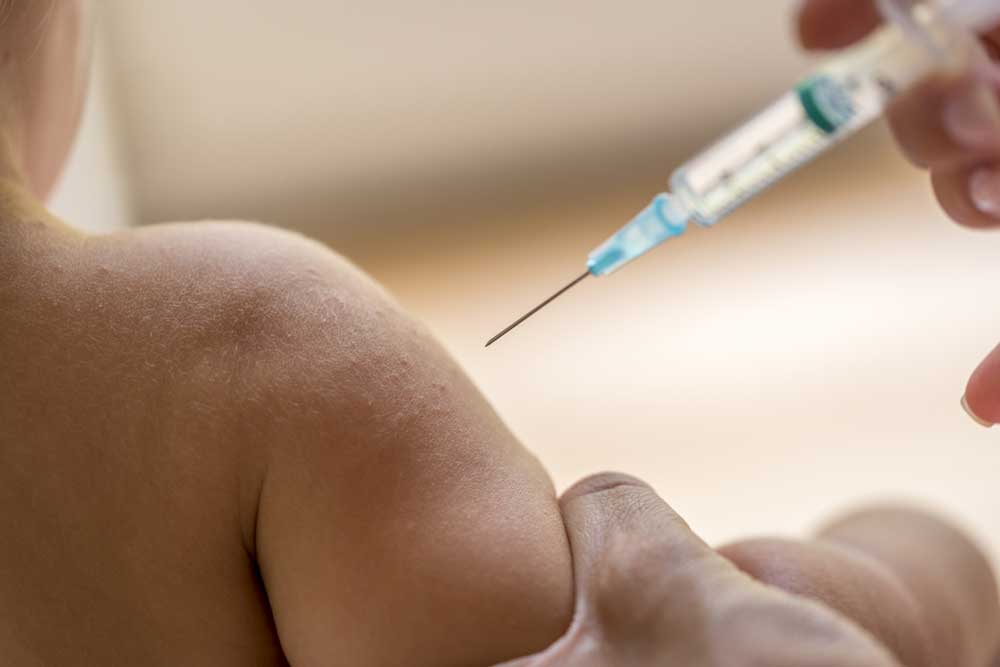Comprehensive Guide to Catch-Up Immunizations for Children
This comprehensive immunization catch-up guide for children provides detailed schedules to ensure delayed or missed vaccines are administered properly. It covers age-specific intervals for essential vaccines like hepatitis B, MMR, polio, and others, helping parents and healthcare providers maintain childhood immunity. Flexible timing options and advice for missed doses make it a vital resource for safeguarding children's health and preventing disease outbreaks. Keep your child's immunizations current with this practical, expert-approved plan.

Complete Immunization Catch-Up Schedule for Children's Health
Ensuring your child's vaccinations are up-to-date is vital for their health and protection against various preventable diseases. If your child's immunizations were delayed, missed, or skipped, the CDC's detailed catch-up immunization schedule provides a structured and safe plan to fill those gaps and bolster their immune defenses. This guide is tailored for children aged 4 months up to 18 years and offers clear instructions on administering various vaccines at appropriate intervals, considering special cases such as exemptions or individual health needs.
Staying on schedule is crucial for maintaining immunity, so medical guidance is recommended when dealing with combination vaccines and specific age groups. The CDC's catch-up schedule emphasizes correcting missed doses promptly, ensuring children develop proper immunity without unnecessary delays. It incorporates flexible timing to accommodate individual circumstances, making it adaptable for various situations.
Below is an in-depth overview of the recommended intervals for children between 4 months and 6 years who need to catch up on their immunizations:
Hepatitis B: The second dose should ideally be administered at least 4 weeks following the first dose. The third dose is best given at least 16 weeks after the initial dose, with a minimum age of 24 weeks. This schedule ensures optimal immunity development.
Rotavirus: The second dose should be scheduled around 14 weeks of age, with the final dose completed by 8 months of age to ensure full protection during early childhood.
Diphtheria, Tetanus, Pertussis (DTaP): Maintain at least a 4-week interval between doses 1 and 2. The third dose should follow roughly 6 months after the second dose to ensure lasting immunity.
Haemophilus influenzae type B (Hib): If administered before the child's first birthday, doses should be spaced by at least 4 weeks. The last dose should be given at least 8 weeks after the second dose to ensure complete protection.
Pneumococcal conjugate vaccine (PCV): Follow the same intervals as for Hib, with doses spaced appropriately to maximize effectiveness.
Inactivated Poliovirus (IPV): Ensure at least 4 weeks between doses 1 to 3. The final dose should be administered at least 6 months after dose 3 for optimal immunity.
MMR (Measles, Mumps, Rubella), Varicella (Chickenpox), Hepatitis A: The second dose should be at least 4 weeks after the first dose to ensure adequate immune response.
Meningococcal vaccine: The doses should be spaced by a minimum of 8 weeks to provide sufficient protection.
When doses are missed, it's important to administer the first dose at the earliest opportunity. The subsequent doses should then follow with at least a one-month gap. Following these guidelines helps protect your child from dangerous diseases timely and effectively, ensuring coverage is maintained and immunization gaps are bridged smoothly.




